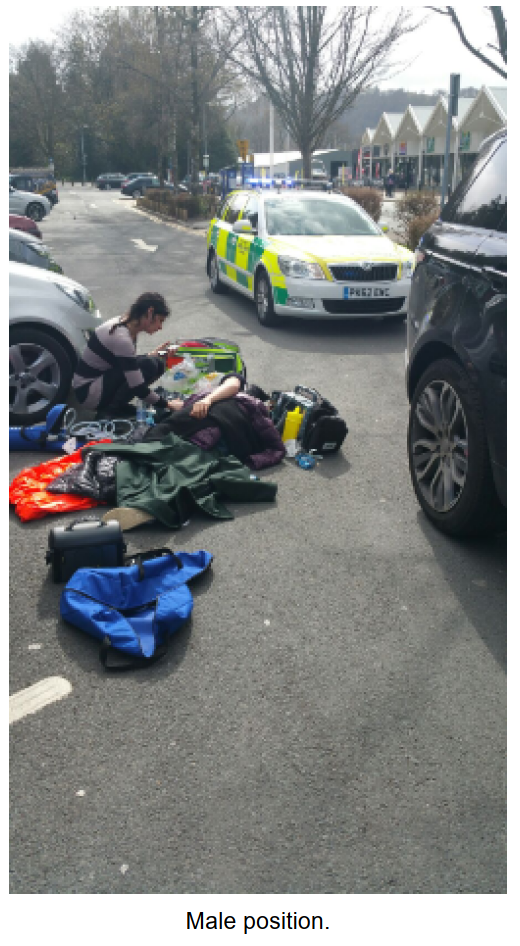
England and Wales High Court (Queen's Bench Division) Decisions
You are here: BAILII >> Databases >> England and Wales High Court (Queen's Bench Division) Decisions >> Scumaci v Martin [2021] EWHC 2833 (QB) (22 October 2021)
URL: https://www.bailii.org/ew/cases/EWHC/QB/2021/2833.html
Cite as: [2021] EWHC 2833 (QB)
